Scrims are often considered one of the most versatile modifiers. Because they have convenient removable fabric, scrims can be used as a diffuser, a black block for negative fill, a reflector, or even a net for cutting out ambient lighting. In this video, Westcott Photographer Ashley Boring demonstrates how the scrim size, diffusion density, and distance from your light source can affect your lighting pattern in portrait photography.
Comparing Light Patterns Using Different Scrim Jim Cine Sizes
Ashley uses minimal gear to showcase the effect of each scrim. She lights her model using one FJ400 strobe with its included 55-degree metal reflector throughout the shoot. Working with various Scrim Jim sizes, Ashley shows the effect a scrim has on softening your flash. The harder shadows portrayed in the first image are using a bare bulb flash. As she gradually incorporates more translucent Scrim Jim diffusion fabrics, the light softens a little differently in each shot.
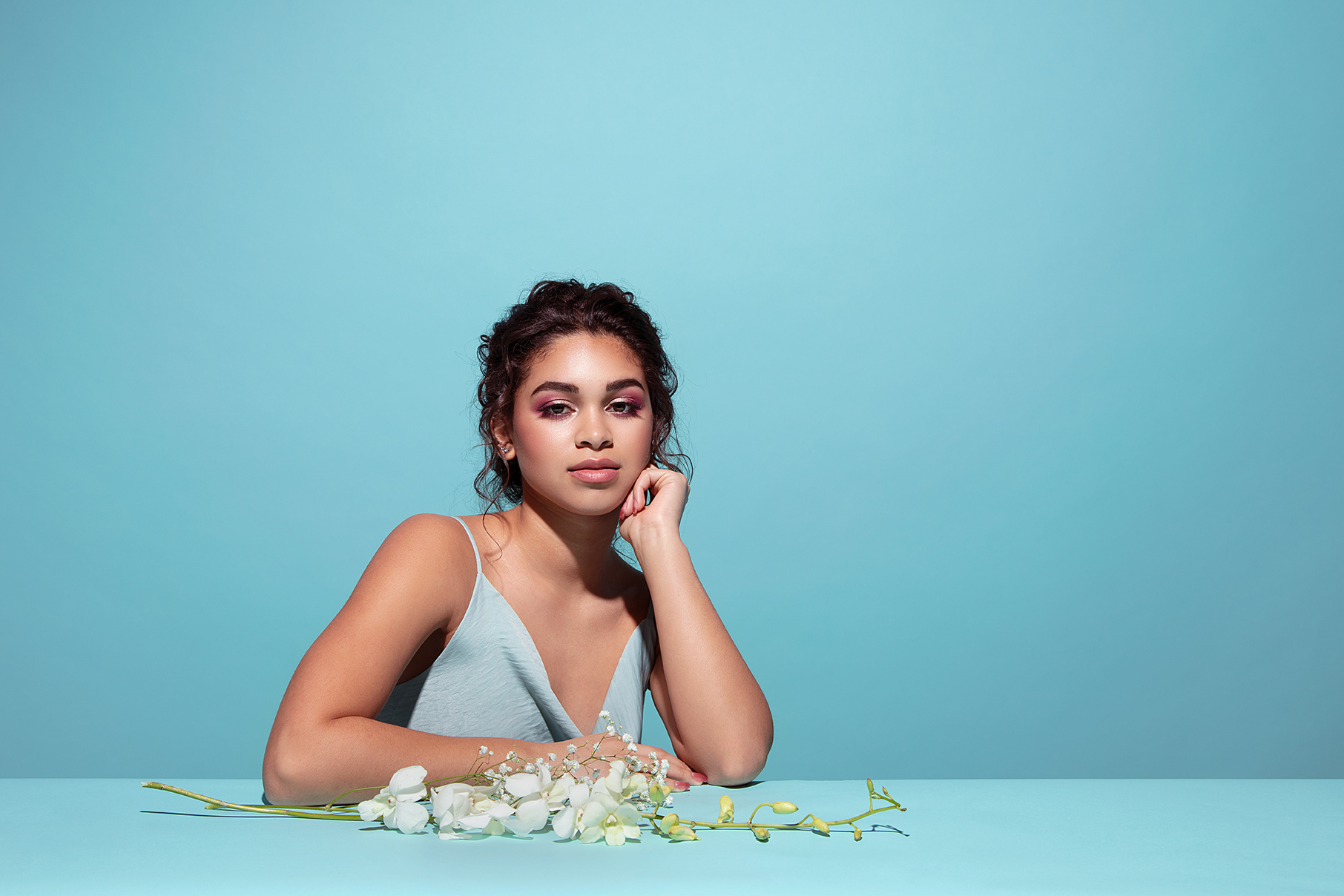
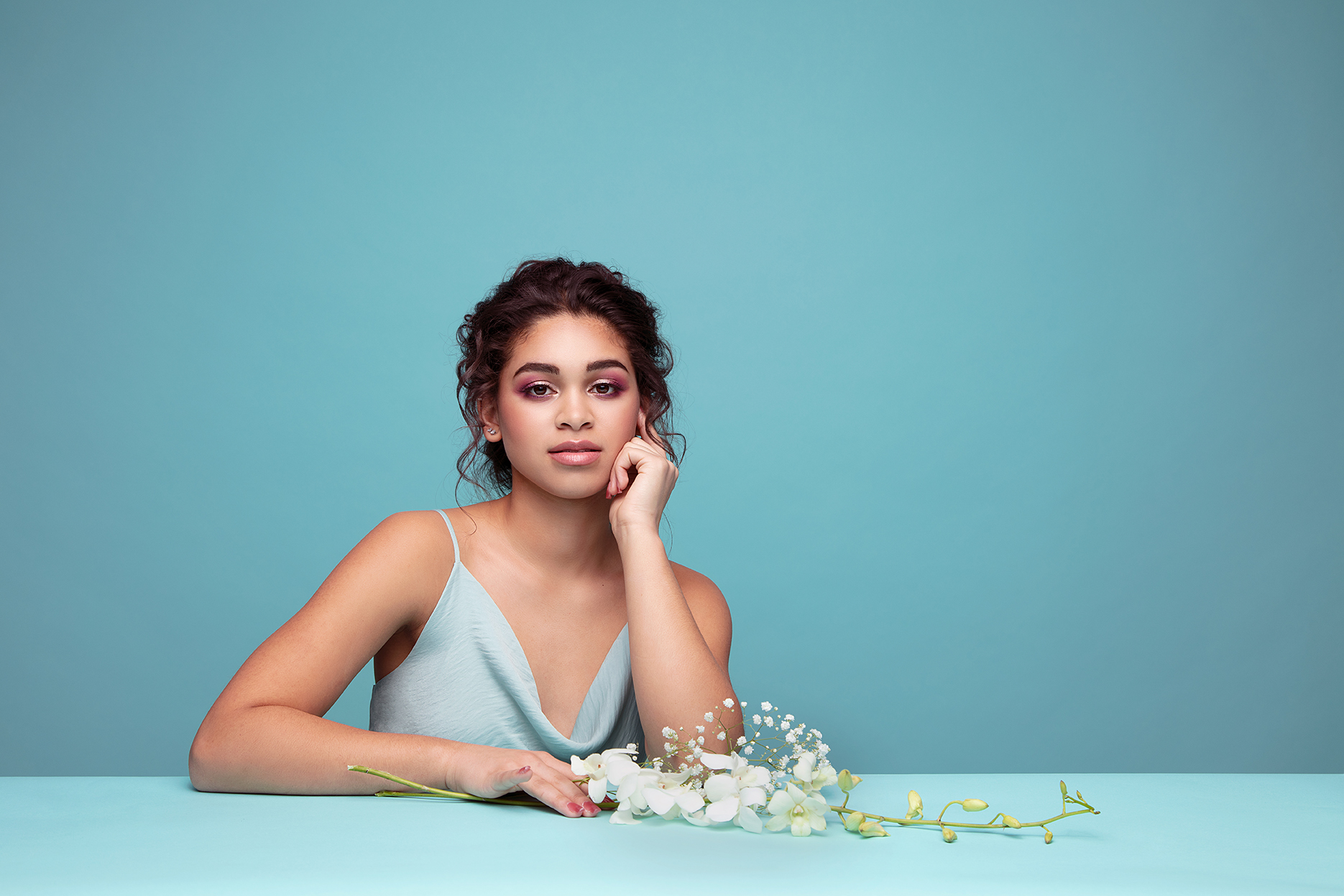

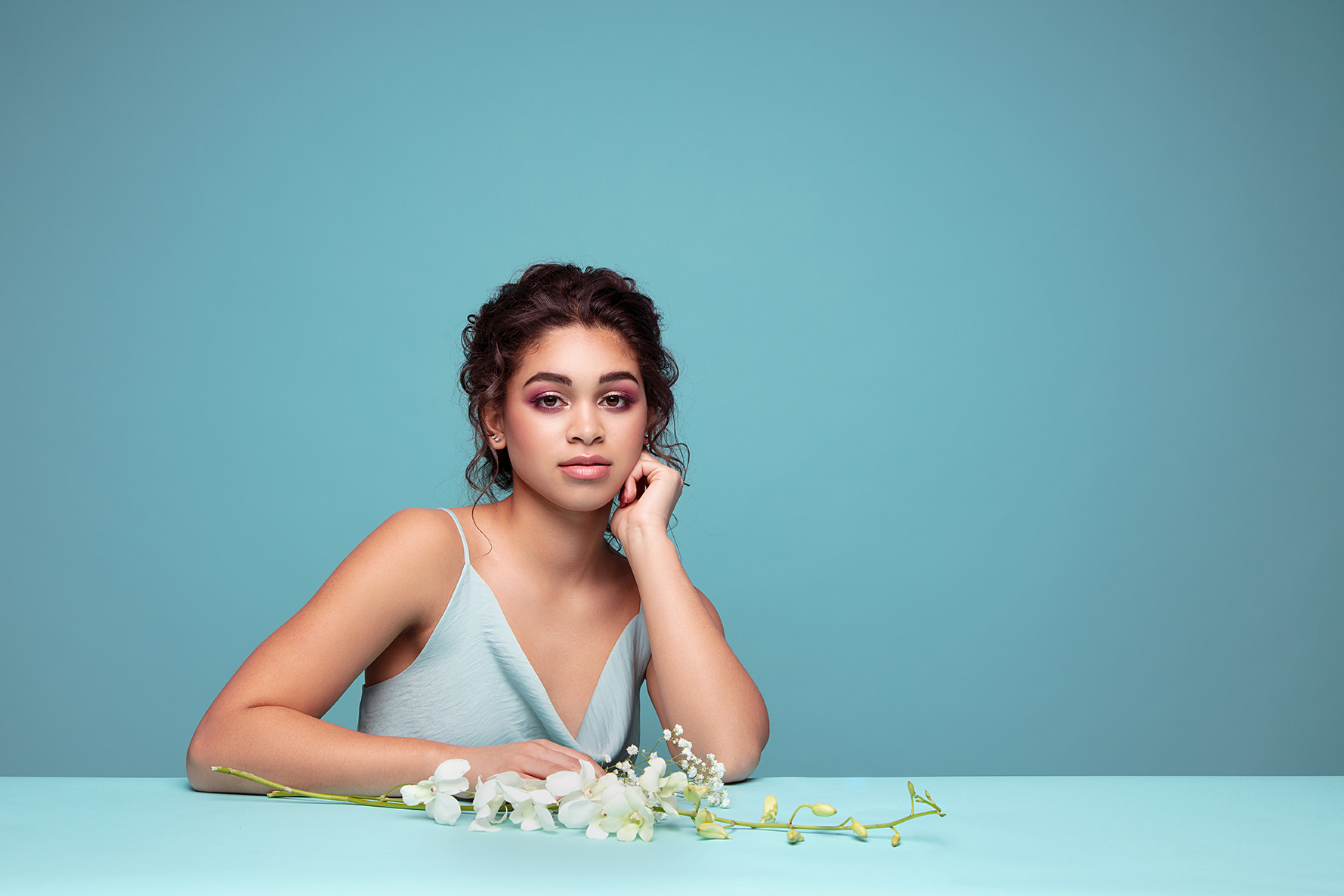
Scrims are available in many sizes from 1×1’ to 8×8’. Each size changes your quality of light slightly. The bigger the light source compared to your subject, the softer the light. Opposite of that, a smaller scrim makes the light harder. Situationally, you may decide to choose soft lighting or hard lighting based on the subject, scene, and creative preference.
At first glance when comparing the results of a 6×6 Scrim Jim Cine vs 4×4 Scrim Jim Cine with full-stop diffusion, you might not notice a huge difference. Since they are both large modifiers, the change in shadows is subtle. Each scrim provides soft light, but the 4×4 scrim gives you slightly deeper shadows than the 6×6. You can see the difference between the model’s chin and the shadow on the flower stem.
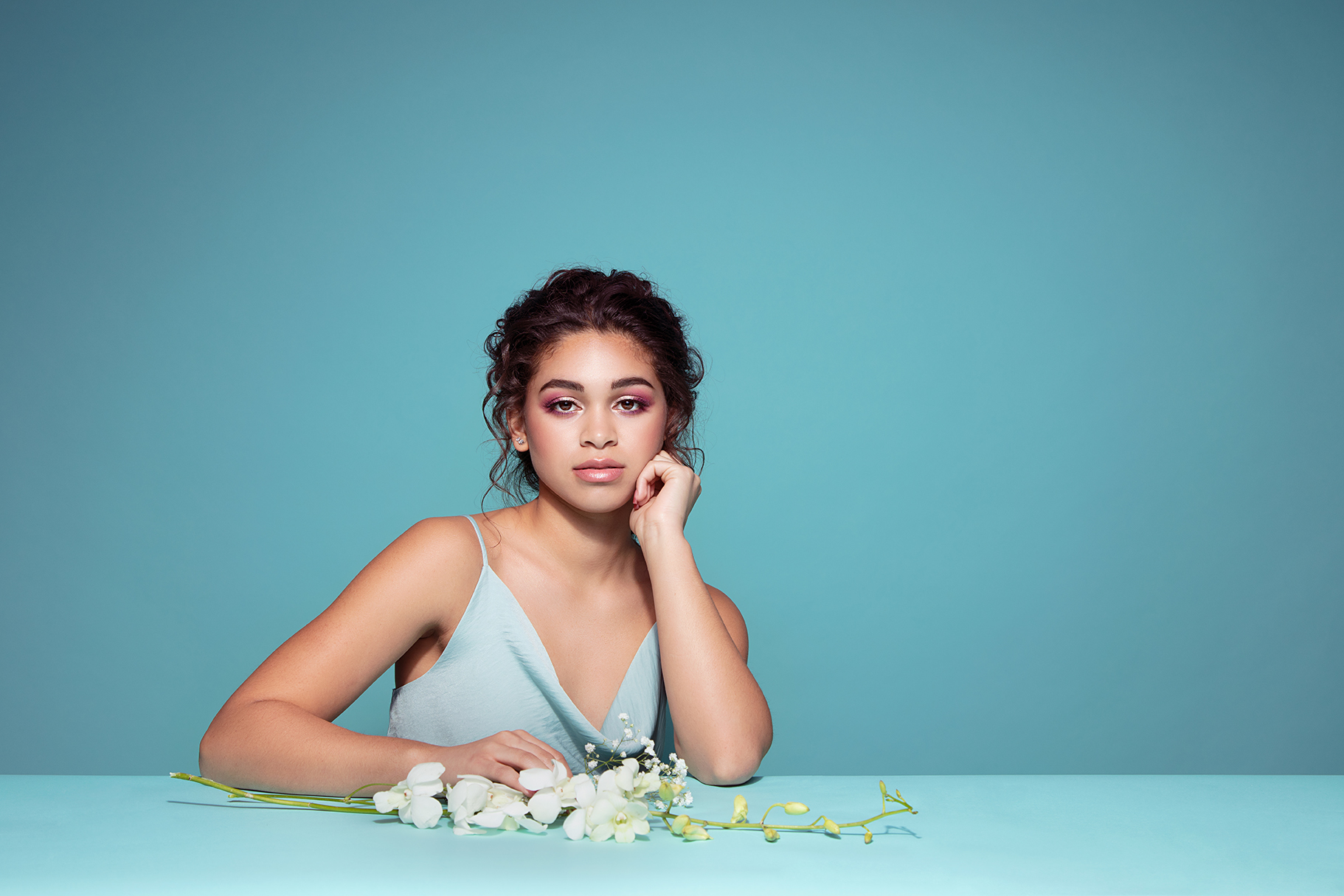
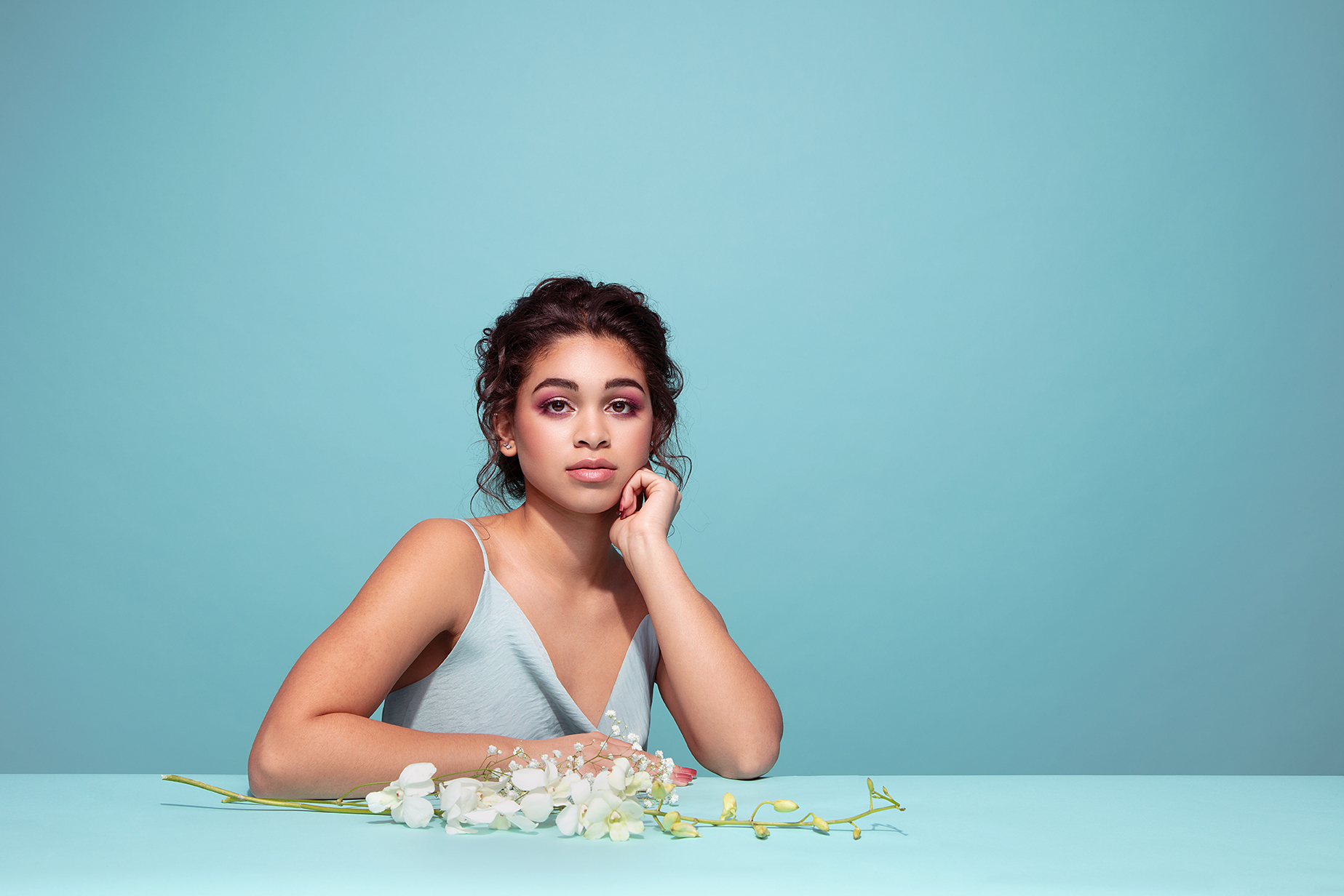
Comparing Light Patterns Using Different Scrim Jim Cine Sizes
In the next setup, Ashley uses a 6×6 Scrim Jim Cine frame to compare full-stop diffusion and quarter-stop diffusion. A full-stop diffusion fabric is thicker, which softens the light more. This light coverage will cast a more even light spread on your subject. This means that you won’t have any hot spots in your shot and the background will be more evenly lit.
Additionally, when using less dense diffusion material, the shadows it creates will be much harder. It’s important to keep in mind that using a higher-stop diffusion material causes a greater loss of light. In these situations, you will need to adjust the power settings on your flash accordingly.

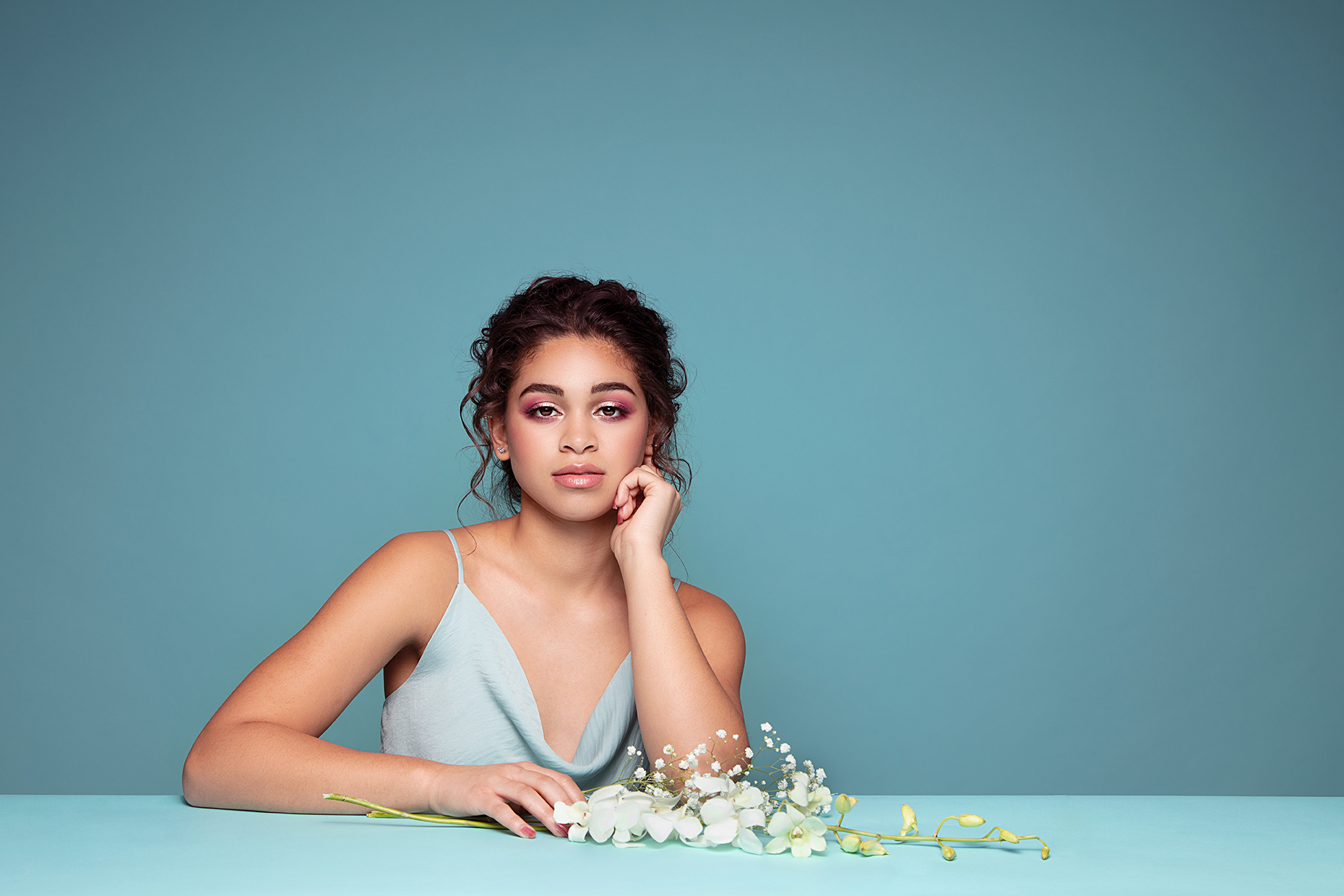
Comparing Light Distance to Scrim Jim Cine
Another way you can quickly change your lighting pattern when using a scrim is to increase or decrease its distance from the light source. Since the light is not fixed to the back of the modifier like a softbox, you can easily place your light anywhere. This opens the door for you to get different lighting patterns in your portrait.
Positioning your light source closer to a scrim will provide a more specular look to your lighting. This is because you will have more of a hot spot in the center of your scrim and the light will spread quickly from the point of the hot spot. As you can see in Ashley’s comparison photos, there is a contrast in the highlights and shadows on the model’s face. The background is not as evenly lit and has a slight vignette to it.
Benefits of Using Scrim Jim Cine
One advantage of working with Westcott’s Scrim Jim Cine system is being able to build the 4×4 scrim frame from the parts of the 6×6 frame. Another benefit is having the ability to quickly change what type of fabric you are using. Diffusion fabrics are available in 1/4-stop fabric to 1-1/4 stop, meaning the fabric can be more transparent and thin, or thicker for fuller coverage. Scrim Jim Cine Frames have velcro on all edges, allowing you to add diffusion to both sides of the frame to double diffuse your light.
Takeaway
You can get many different looks out of a scrim by changing the size, level of diffusion, or distance of your light. Diffusing light is just one of the many ways to use a scrim. The Scrim Jim system allows you to use it as a reflective fabric, light blocker, or even assist in reducing ambient background lighting with net fabric. This is what makes scrims so versatile for photography and video lighting on-location and in studio.
Learn how Ashley uses the FJ400’s front and rear curtain sync functions to create light trails here.
Lighting Gear in Action

Original FJ400 Strobe with AC/DC Battery (400Ws)4700

Original FJ400 Strobe with AC/DC Battery (400Ws)4700


You must be logged in to post a comment.